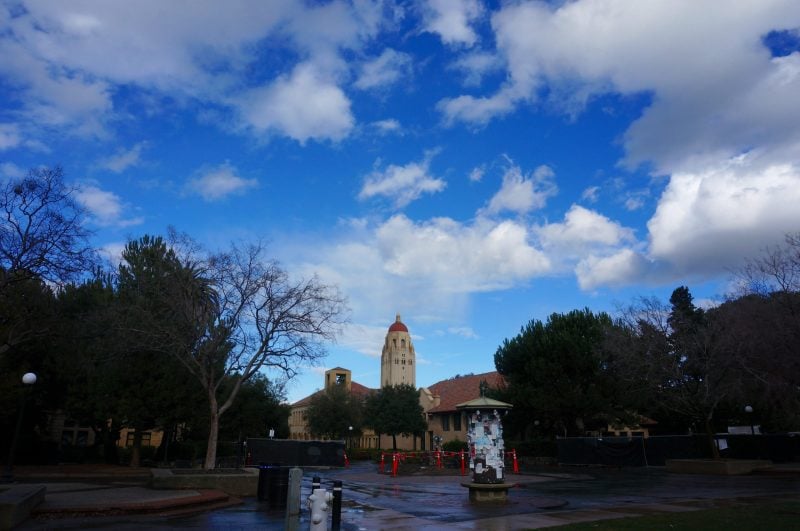Stanford’s budget for the next fiscal year (FY) will be $7.4 billion dollars, according to Board of Trustees Chair Jeff Raikes ’80. This number marks an increase from the 2021 FY budget of $7 billion and reflects a return to what Raikes called “a more normal budget.”
As a result of the increased budget, the University will phase out the salary freeze for faculty that accompanied the pandemic, according to Raikes, paving the way for the University to return to its standard salary program.
Raikes also emphasized the University’s commitment to increase student financial support over the next year, pointing out the increased income threshold needed to qualify for free tuition and room and board. Financial support for undergraduates, graduate students and postdocs will also increase by 7% in the new budget, which Raikes called a “very substantial increase.”
Beyond student financial support, the budget also includes spending on the Long Range Vision, a crowdsourced set of ideas that help guide the University’s future, along with a particular focus on advancing diversity, equity and inclusion, Raikes added.
Specifically, the University is working toward diversifying its faculty and plans to bolster programs such as the IDEAL Provostial Fellows Program, the Race in America Faculty Cluster Hire Initiative and the Faculty Development Initiative, a recruitment program that promotes the study of race and ethnicity. Raikes said that with the continued development of these programs, the Board expects a very successful year in recruiting more diverse faculty.
Raikes noted that Stanford consistently graduates more Ph.D. students than any other non-profit private university in the United States. As such, he said the University has a “major role in developing the faculty of the future nationally” and ”diversifying the professoriate nationally.”
Over the past year, the University has spent significantly more on coronavirus relief than was originally estimated. Stanford estimated that COVID expenses would total $150 million dollars, but Raikes said the University ended up taking $380 million dollars out of buffers — capital reserves held by the university that are used in times of financial stress. Stanford’s buffer withdrawals were offset by a strong financial market, which provided investment growth to net assets and allowed for the overall growth of the endowment. These respective losses and gains ultimately contributed to the decision to return to a more standard budget, according to Raikes.
Raikes said that this budget will allow the University to “make investments in key areas while also preserving strong reserve levels” for the future.
